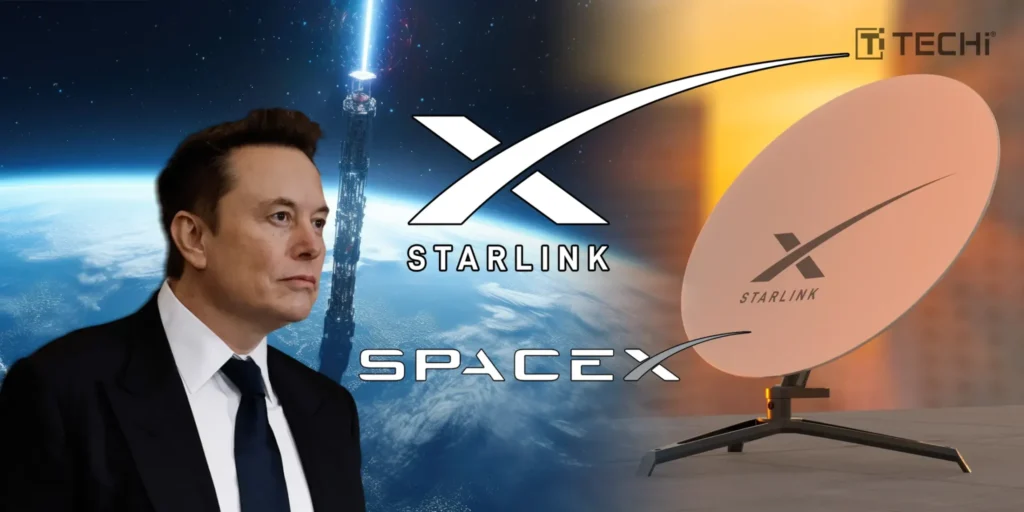SpaceX CEO Elon Musk has unveiled an ambitious plan to transform the company’s Starlink satellite network into a foundation for orbital data centers, marking a major leap toward space-based cloud infrastructure.
A New Frontier for Cloud Computing
The concept, which Musk described as a “high-risk, high-reward” venture, seeks to adapt Starlink’s advanced satellite technology for large-scale computing and data storage in Earth’s orbit. This bold move could revolutionize global data processing and transmission — bringing computing power closer to space-based assets such as satellites, spacecraft, and future lunar or Martian missions.
“We’re looking at the next evolution of cloud computing — not on Earth, but above it,” Musk said during a press briefing. “If we can process data in orbit, we reduce latency, increase resilience, and enable a truly interplanetary internet.”
Prototype Testing and Technical Challenges
According to early plans, SpaceX will begin testing prototype orbital data nodes as part of future Starlink launches. These specialized satellites will integrate compute modules capable of running AI and analytics workloads independently, minimizing reliance on terrestrial data centers.
Industry analysts describe the initiative as a groundbreaking but technically demanding project, requiring advancements in thermal management, radiation shielding, and energy efficiency. Still, many experts agree that if successful, it could redefine global cloud infrastructure and position SpaceX as a formidable competitor to Amazon Web Services (AWS) and Microsoft Azure.
Part of Musk’s Multi-Planetary Vision
The orbital data center project also aligns with Musk’s broader vision of making humanity a multi-planetary species. By building a digital backbone in orbit, SpaceX aims to enable autonomous space operations and support future off-world colonies on the Moon and Mars.
Looking Ahead: A New Era in Space-Based Computing
Although SpaceX has not revealed an official launch date for the first prototypes, insiders suggest that early testing could begin by late 2026. If realized, the project could usher in a new era of space-based computing — one where the cloud quite literally lives among the stars.

